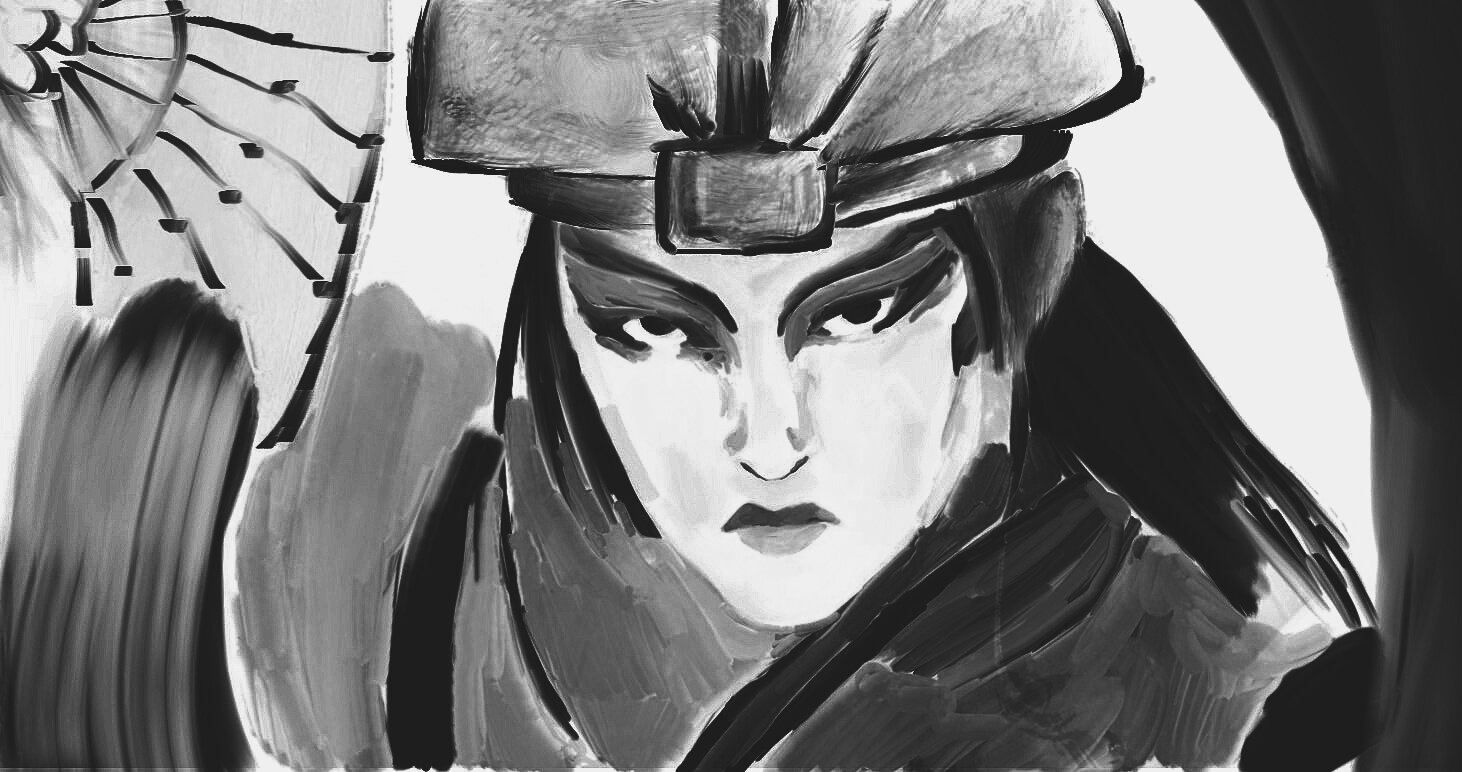Graphic by Trinity Kendrick ’21
The Avatar Kyoshi from F. C. Yee’s YA novel “The Rise of Kyoshi.”
Feb. 21 marked the official 15th anniversary of the premiere of “Avatar: The Last Airbender” series on Nickelodeon. The show, which won Annie, Genesis, Primetime Emmy and Peabody awards, has also spawned “The Legend of Korra,” a comics series and a live-action film as well as being recently greenlit for a live-action Netflix remake. Now “Avatar: The Last Airbender” has also inspired a young adult book series.
On July 16, Amulet Books published the first installment of the “Kyoshi Novels” series, titled “The Rise of Kyoshi.” The novel was written by F. C. Yee, author of “The Epic Crush of Genie Lo,” and Michael Dante DiMartino, co-creator of “Avatar.” It delves into the story of Kyoshi, the longest-living Avatar, whom fans of the show may remember as the character who created Kyoshi Island and killed Chin the Conqueror.
At its heart, this novel is about power and justice. The book begins with Jianzhu and Kelsang, friends of the deceased Avatar Kuruk, scouring the Earth Kingdom for the new Avatar. Their search reveals the intricacies of Earth Kingdom politics and leads to the novel’s first ethical dilemma; in their desperation, the two declare Yun, a young boy, to be the Avatar.
This decision sparks a chain of events, causing Kyoshi to flee from Jianzhu and seek the help of bandits. On Kyoshi’s path to revenge, she is forced to reckon with the Earth Kingdom’s bloody history and corrupt politicians which forces her to decide what justice truly means.
Yee and DiMartino built upon “Avatar” lore effortlessly, exploring Four Nations politics without burdening the reader with too many details. Readers learn about the power dynamics between the Four Nations and witness how Jianzhu’s ideology has exacerbated an ineffective monarchy and senseless killing.
This complex worldbuilding and exploration of politics are interspersed with humorous and heartfelt moments between Kyoshi and her companions. The bandits become her bending masters and she develops a romantic relationship with her close friend, Rangi.
As Kyoshi is exposed to corruption from all sides, she grows into the kind of woman who could create Kyoshi Island and kill Chin. She dons her famous fans and war paint to fight both the law and the criminals who exploit her people, diverging from the pacifism and non-lethal methods of previous Avatars.
After struggling to kill throughout the novel, she realizes, “[s]hortsighted men like Te and Xu were parasites who gnawed at the very structures they exploited for power and survival. They were blind to the fact that they existed not through their own merits but due to the warped form of charity the world had decided to give them.”
When Kyoshi finally confronts Jianzhu, they engage in a tense physical and ideological conflict that demonstrates her growth as both a bender and leader.
The end of the novel sets up interesting conflicts for the next book, which will be released on July 21. While “The Rise of Kyoshi” focuses on conflicts between benders and nations, the threat in “The Shadow of Kyoshi” comes from the Spirit World. “The Rise of Kyoshi” is a compelling fantasy novel that is a gift to fans of the “Avatar” series.

